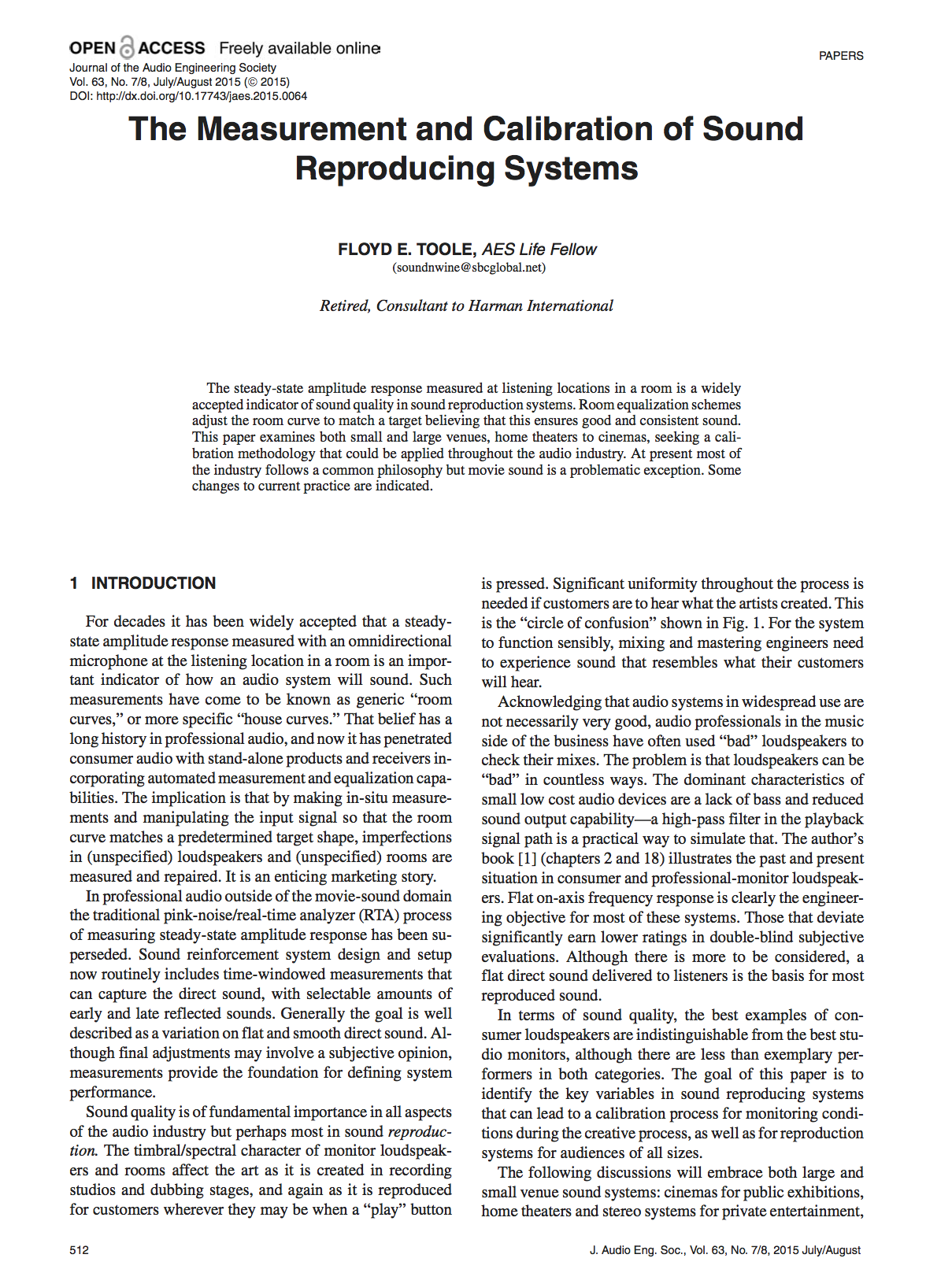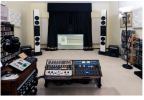The speakers part is easy. That's the whole point of this discussion, the Room part is hard.
These recommendation from Dr Toole go much much farther than what you are describing and he mentioned that in 2015 it was already generally common practice for stereo music:
For decades, it has been widely accepted that a steady-state amplitude response measured with an omnidirectional microphone at the listening location in a room is an important indicator of how an audio system will sound. This paper examines both small and large venues, home theaters to cinemas...

www.aes.org
This recommendation paper also goes much much farther than what you describe:
What you describe don't solve what the core of the discussion is about the fact that even with very tightly controlled speakers like genelec, 20 years ago there was still some inconsistency, at least for multi Channel
A
LOT have been done since these researches emerged. The question is, is it enough? I don't think the question is should we simply "dumb it down" No I am not calling you dumb, it's just the expression for over simplifying a complex problem.
Now of course, What I a talking about is the industry as we used to know it. Large corporations, large budget, etc.
Sure home producers don't all work in ideal conditions and it's a huge part of the pie. We have solutions for them too, Like a room calibration suite like SonarWorx is not outrageously expensive If you are serious about producing. But then it comes down to a whole other debates wich is the democratization of music distribution, wich I am generally in favor with but it will obviously be the source of inconsistencies in term of production quality.


